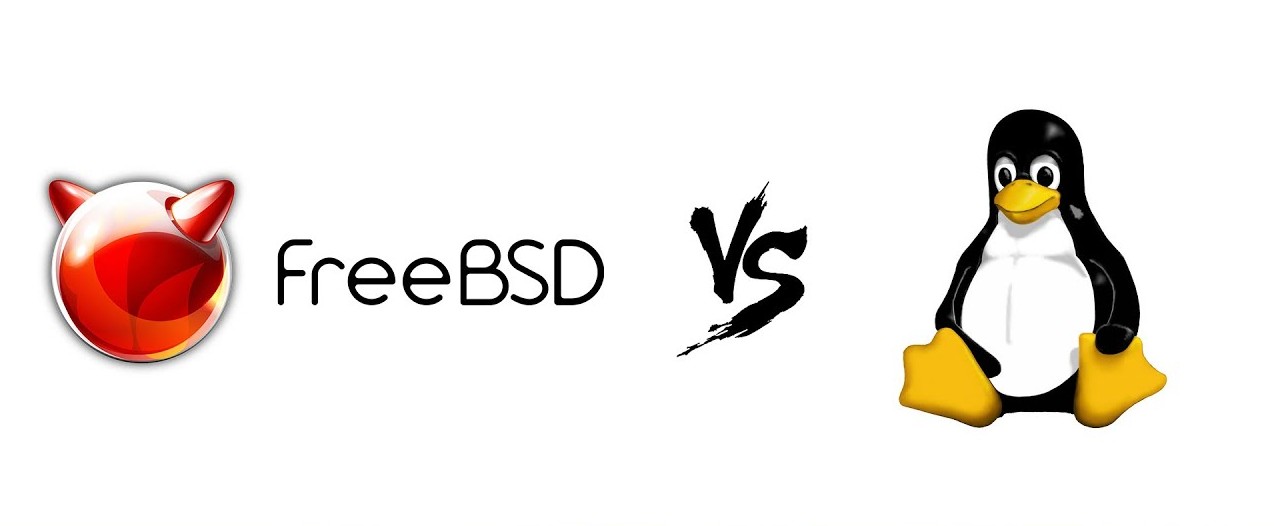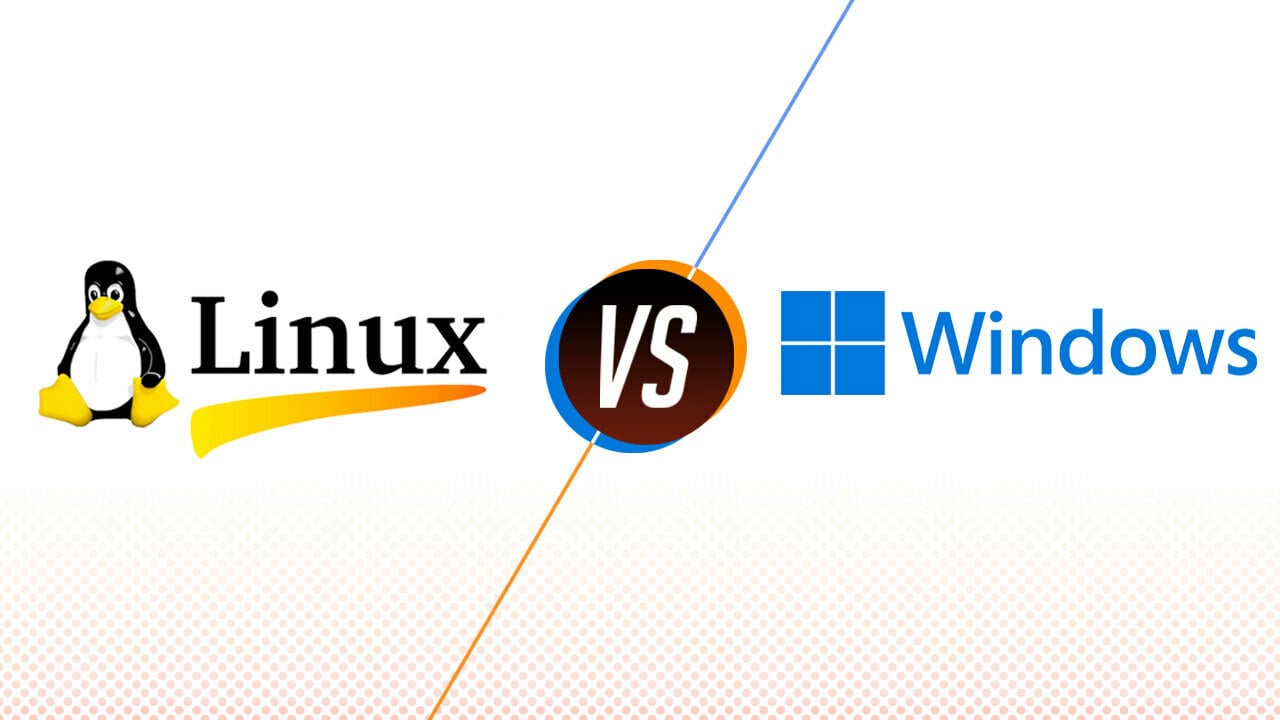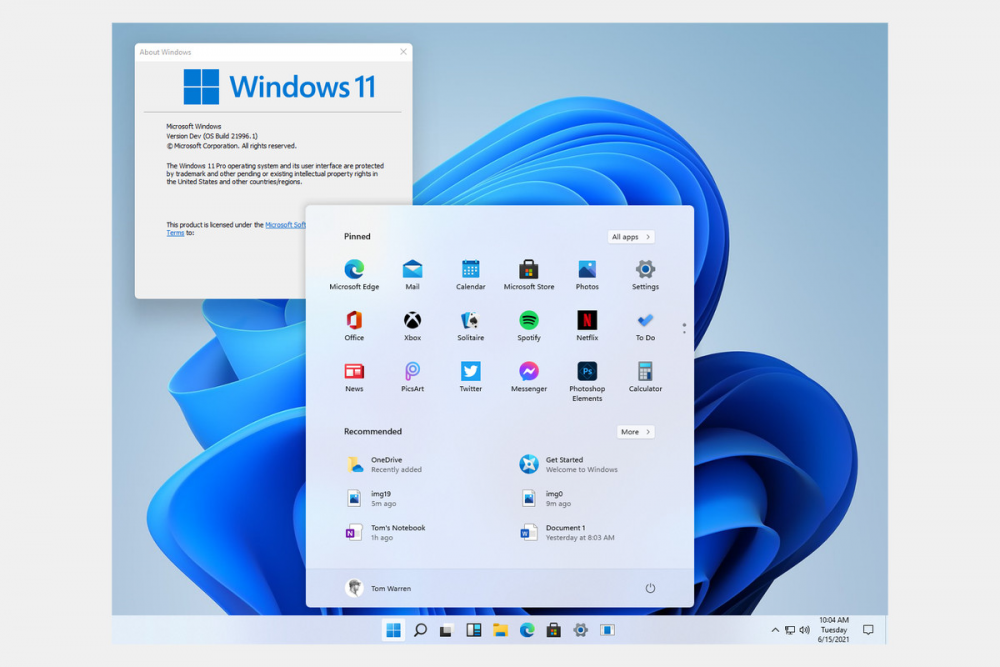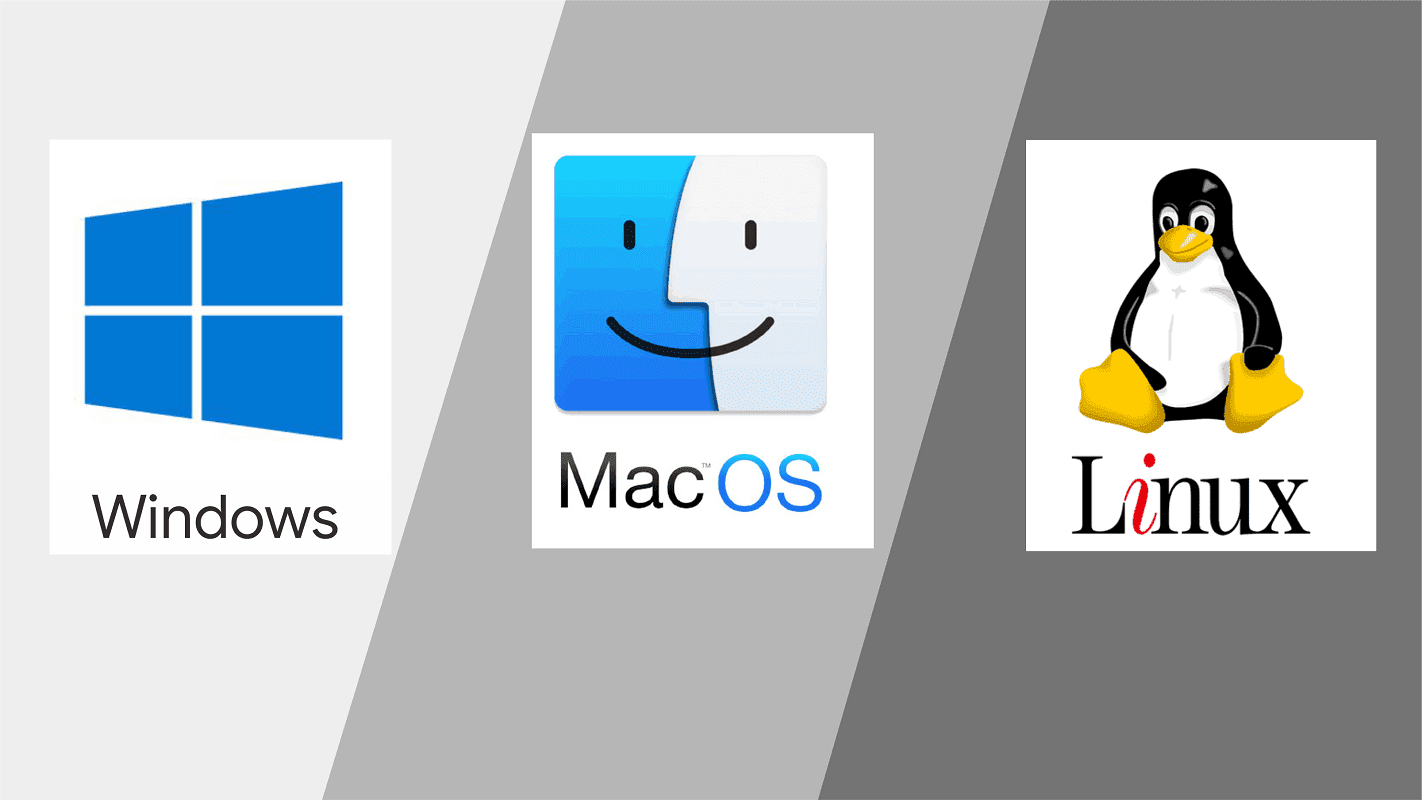Linux and FreeBSD are both popular and widely-used open-source Unix-like operating systems, but there are some key differences between them. Here are some of the main differences and similarities between Linux and FreeBSD:
- Kernel: One of the main differences between Linux and FreeBSD is the kernel they use. Linux uses the Linux kernel, which is licensed under the GNU General Public License (GPL), while FreeBSD uses the FreeBSD kernel, which is licensed under the BSD License. The two kernels have different design philosophies and approaches to system architecture.
- Userland: Both Linux and FreeBSD provide a complete userland environment, including utilities, libraries, and applications. However, the userland in FreeBSD is more tightly integrated with the operating system, and is often considered to be more consistent and coherent than the userland in Linux.
- Package Management: Both Linux and FreeBSD provide package management systems that allow users to easily install and manage software. However, the package management systems in Linux and FreeBSD have different design philosophies and approaches, and may offer different levels of functionality and flexibility.
- File Systems: Both Linux and FreeBSD support a wide range of file systems, including traditional file systems like ext4 and UFS, as well as newer file systems like ZFS. However, FreeBSD is known for its advanced support for file systems, including its support for ZFS and its own native file system, UFS2.
- Hardware Support: Both Linux and FreeBSD support a wide range of hardware, but their level of hardware support may differ depending on the specific hardware in question. In general, Linux may have better support for newer or less common hardware, while FreeBSD may have better support for older or more established hardware.
- Community: Both Linux and FreeBSD have large and active communities of users and developers, but their communities may have different cultures and norms. Linux is known for its large and diverse community, while FreeBSD is known for its close-knit and technically focused community.
Linux and FreeBSD are both powerful and flexible operating systems that are well-suited for a wide range of applications. The choice between them will depend on the specific needs and preferences of the user, as well as the specific hardware and software requirements of the system.
Kernel
The kernel is the core component of an operating system that provides essential services and manages system resources such as memory, processes, and I/O devices. The kernel is responsible for providing an interface between the hardware and the higher-level software layers of the operating system.
Linux and FreeBSD are two popular open-source Unix-like operating systems that use different kernels. Here are some of the main differences between the Linux and FreeBSD kernels:
- Architecture: The Linux kernel is designed to be modular and flexible, with support for a wide range of hardware architectures, including x86, ARM, and PowerPC. In contrast, the FreeBSD kernel is designed to be more monolithic, with a focus on x86 and AMD64 architectures.
- Licensing: The Linux kernel is licensed under the GNU General Public License (GPL), which is a copyleft license that requires any modifications or derivative works to also be licensed under the GPL. In contrast, the FreeBSD kernel is licensed under the BSD License, which is a permissive license that allows for greater flexibility and allows derivative works to be licensed under a variety of different licenses.
- Design Philosophy: The Linux kernel is known for its focus on modularity, flexibility, and performance, with a strong emphasis on open development and collaboration. In contrast, the FreeBSD kernel is known for its focus on stability, simplicity, and security, with a more centralized and tightly controlled development process.
- Features: Both the Linux and FreeBSD kernels provide a wide range of features and services, including process management, memory management, device drivers, and networking. However, there are some differences in the specific features and capabilities of each kernel. For example, Linux has support for a wider range of file systems and virtualization technologies, while FreeBSD has advanced support for network protocols and file systems such as ZFS.
The differences between the Linux and FreeBSD kernels reflect their different design philosophies and approaches to system architecture. While both kernels are powerful and flexible, they may be better suited for different use cases and environments, depending on the specific needs and requirements of the system.



